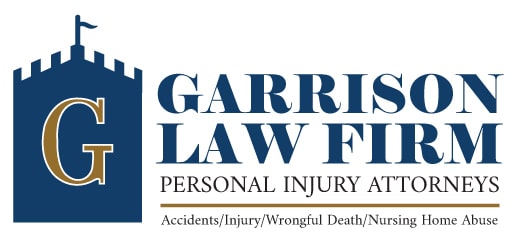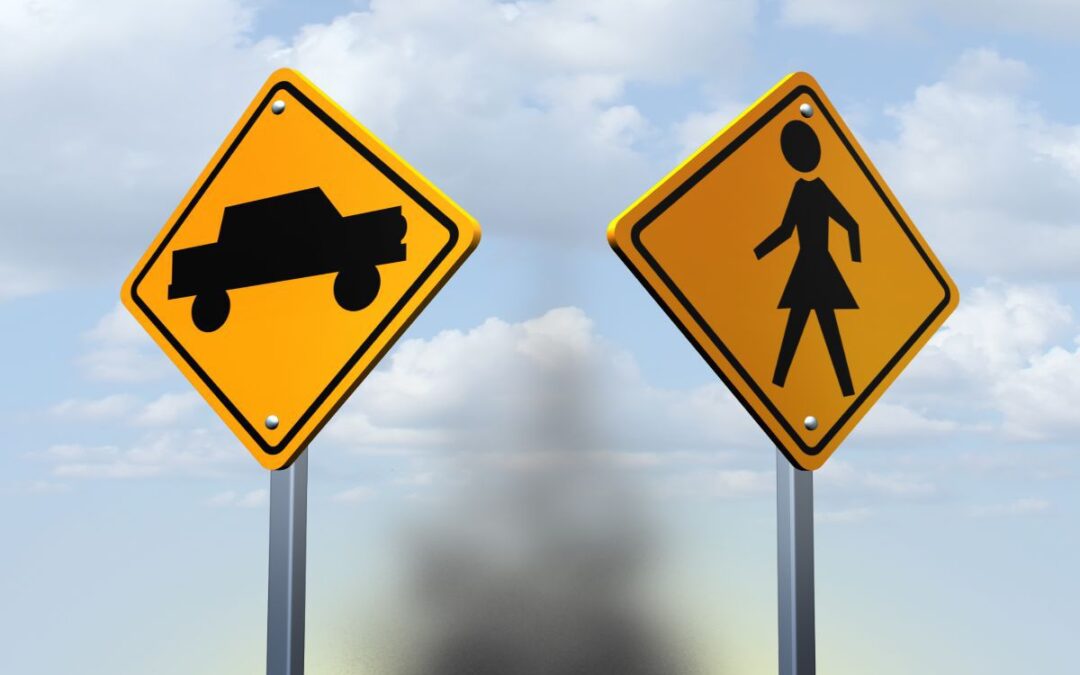Pedestrian accidents are not uncommon and often result in major injuries and even death to pedestrians who are involved in them. If pedestrians violate right of way laws, they could be at least partially at fault for some accidents. However, under the laws of comparative negligence, a Peoria car accident attorney may still be able to assist you. An injured pedestrian could still be eligible to recover some compensation after an accident if a driver also was negligent in contributing to the cause of the accident.
If you suffer injuries in a pedestrian accident, you need an experienced pedestrian accident lawyer who can advocate for your rights and seek damages for your injuries. Call our offices at 623-887-5689 or reach out to us online to schedule your free consultation today.
Pedestrian Accidents in Arizona
According to the Arizona Department of Transportation (ADOT), 1,714 pedestrian crashes occurred in 2021. Unfortunately, over 250 pedestrians were killed, and over 1,500 were injured in those accidents. Although various reasons can contribute to pedestrian accidents, violations of Arizona’s right of way laws can lead to these accidents. As a result, it is crucial to understand how these laws work to keep Arizona pedestrians and drivers safe.
Pedestrians Are Protected
Arizona Revised Statute Section 28-794 protects pedestrians. It requires motorists to use due care when a pedestrian is in the roadway and to honk their horn as a warning.
Understanding Arizona Right of Way Laws
Crossing Roadways
Arizona law outlines several instances in which pedestrians must yield the right of way to motorists and vice versa. For instance, under Arizona Revised Statute Section 28-793, pedestrians crossing roadways at any place other than a marked crosswalk or an unmarked crosswalk at an intersection must yield the way to all vehicles on the roadway. In other words, pedestrians should not “jaywalk;” they should cross the road only at crosswalks, intersections, or other designated pedestrian walkways.
Furthermore, as per A.R.S. Sec. 28-646, pedestrians also must yield the right of way to drivers at a crosswalk only when the light is green, or they see the words “WALK” or a walking person symbolizing a “WALK” signal. Conversely, if the light is red or yellow, or they see the words “DON’T WALK” or a flashing orange upraised “hand” that symbolizes “DON’T WALK,” they should yield to oncoming motorists.
Conversely, motorists must yield the right of way to pedestrians crossing roadways while they are within the crosswalk and have a green light. Furthermore, under A.R.S. Sec. 28-792, if an intersection contains no traffic control signals or they are inoperative:
the driver of a vehicle shall yield the right-of-way, slowing down or stopping if need be in order to yield, to a pedestrian crossing the roadway within a crosswalk when the pedestrian is on the half of the roadway on which the vehicle is traveling or when the pedestrian is approaching so closely from the opposite half of the roadway as to be in danger. A pedestrian shall not suddenly leave any curb or other place of safety and walk or run into the path of a vehicle that is so close that the driver can’t yield.
Of course, motorists should come to a complete stop at all red lights and stop signs, even if no pedestrians are visible.
Drivers must stop, allow the pedestrian to proceed across the street or road, and remain stopped until the pedestrian has completely crossed the road. However, pedestrians must only enter the crosswalk once a driver has seen them and had a chance to stop.
Likewise, drivers turning onto a street with a marked crosswalk must yield to pedestrians using the crosswalk. A driver should only complete their turn once their path is free of pedestrians.
Walking Along Roadways and Streets
According to A.R.S. Sec. 28-796, when pedestrians are walking, they must use the sidewalk if one is available. If no sidewalk is available, they should walk on the far shoulder in the direction of oncoming traffic.
Even when pedestrians walk on sidewalks, they should be particularly careful when crossing alleys, driveways, and entrances and exits to parking lots. While drivers must look behind them for any pedestrians or other vehicles, pedestrians also must watch out for vehicles that may be backing out or unexpectedly emerging from driveways or thoroughfares.
Municipal Codes and Ordinances
In addition to state laws, municipalities such as cities and towns may have local codes and ordinances that address pedestrians and right of way laws. As a Peoria car accident lawyer may advise you, violation of either local or state right of way laws can indicate negligence on behalf of pedestrians or drivers. Therefore, pedestrians and motorists must be aware of and follow these laws in addition to the state right of way laws that apply to them.
Contact Garrison Law Firm Today
You can rely on a pedestrian accident attorney at Garrison Law Firm to provide the legal advice and representation you need if you or a loved one has suffered injuries in a pedestrian accident or another type of motor vehicle accident. We are here to represent your interests and handle your legal issues so that you can focus on recovering from your injuries. Call our offices at 623-887-5689 or contact us online to speak with a top-rated car accident lawyer in Peoria and learn more about how we can assist you.


